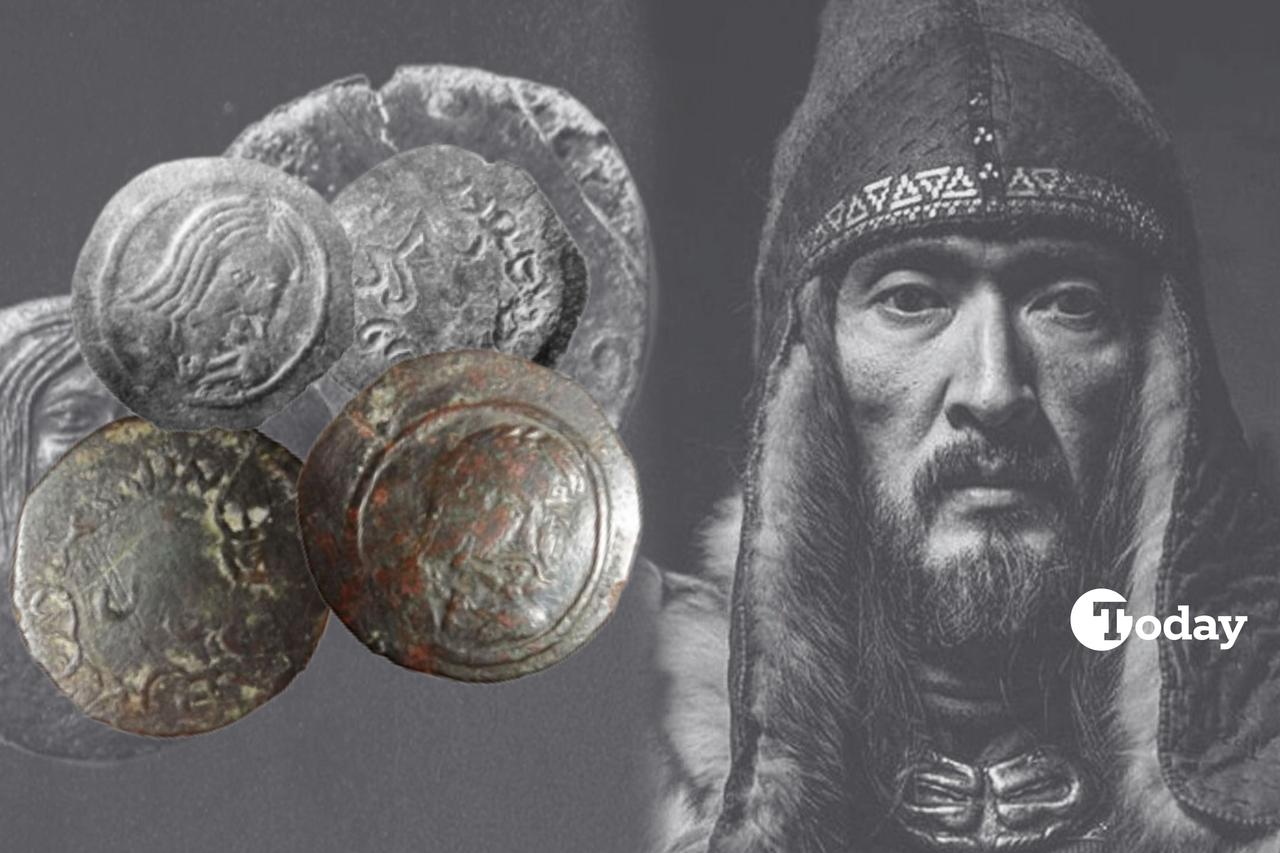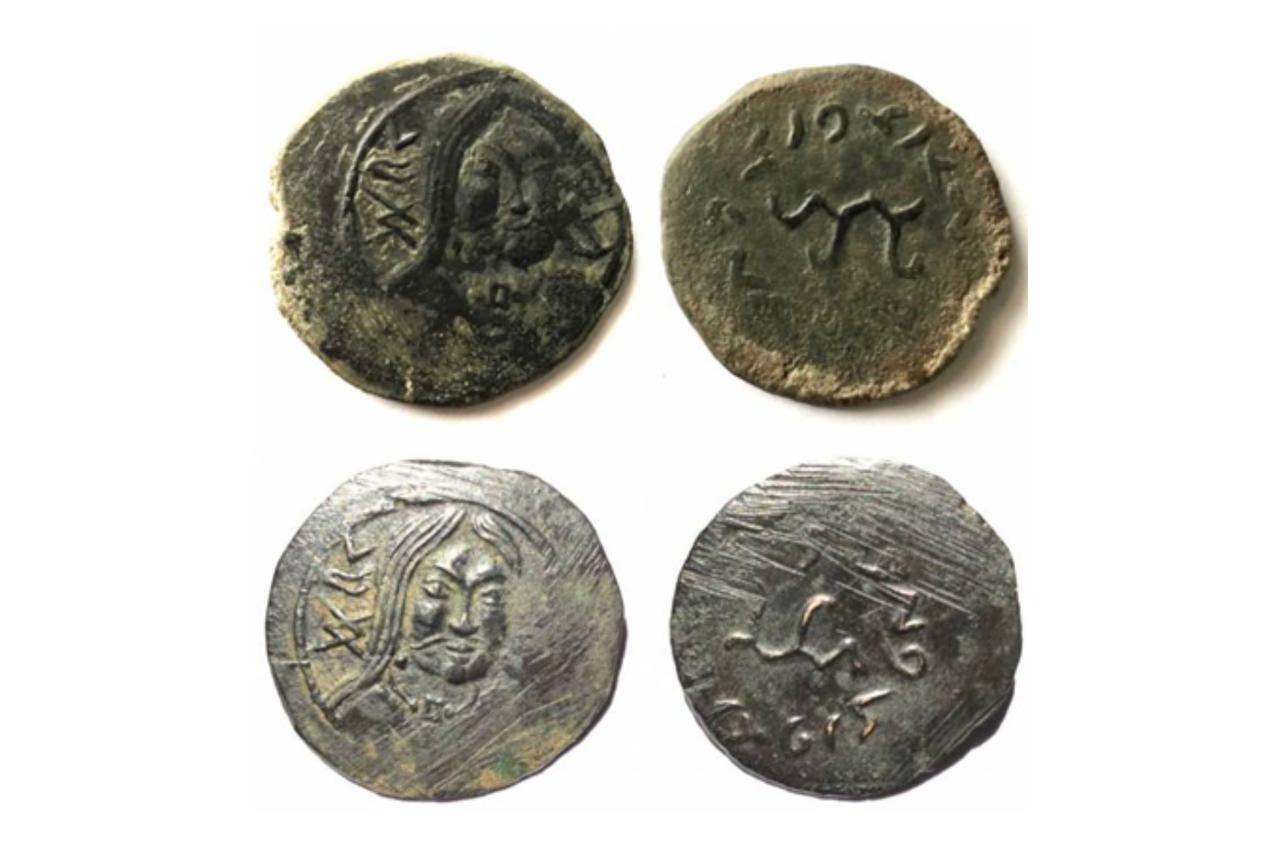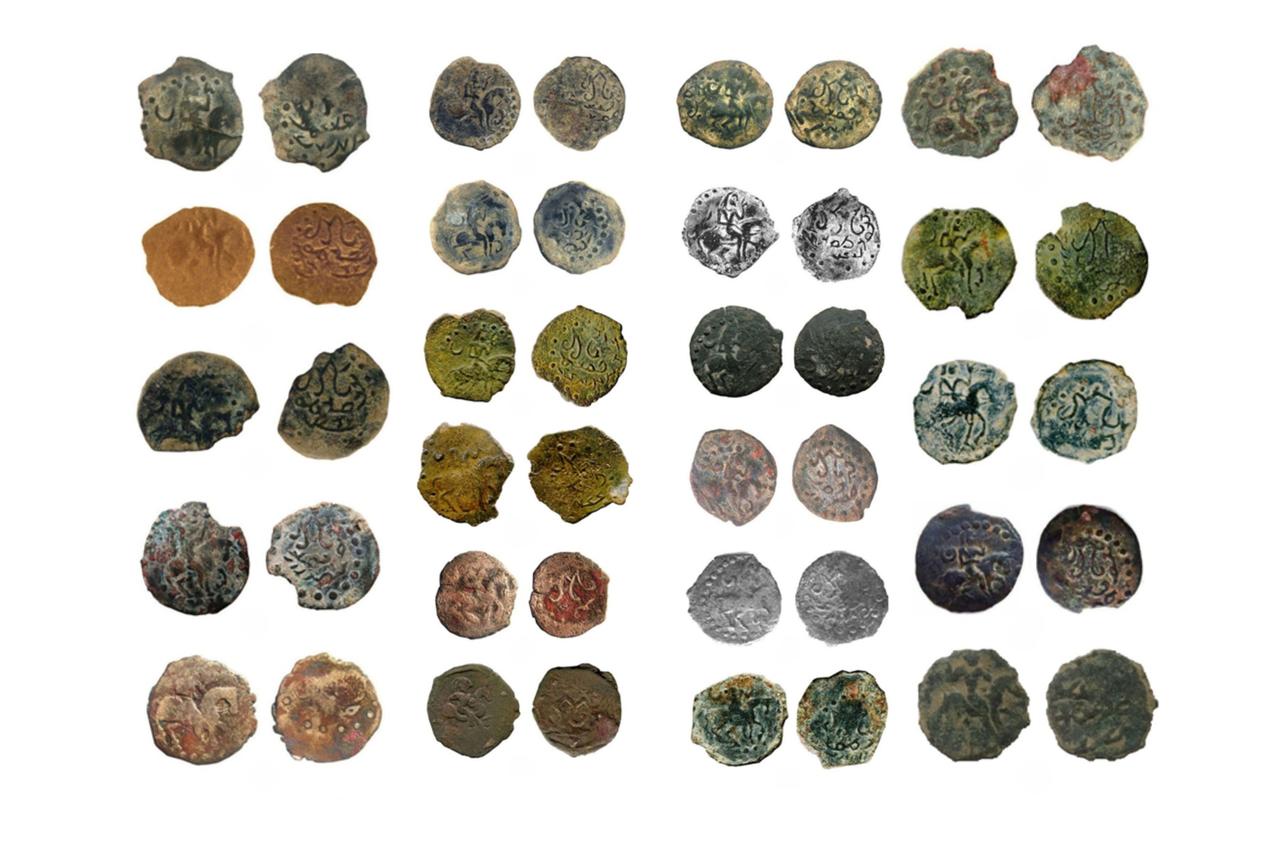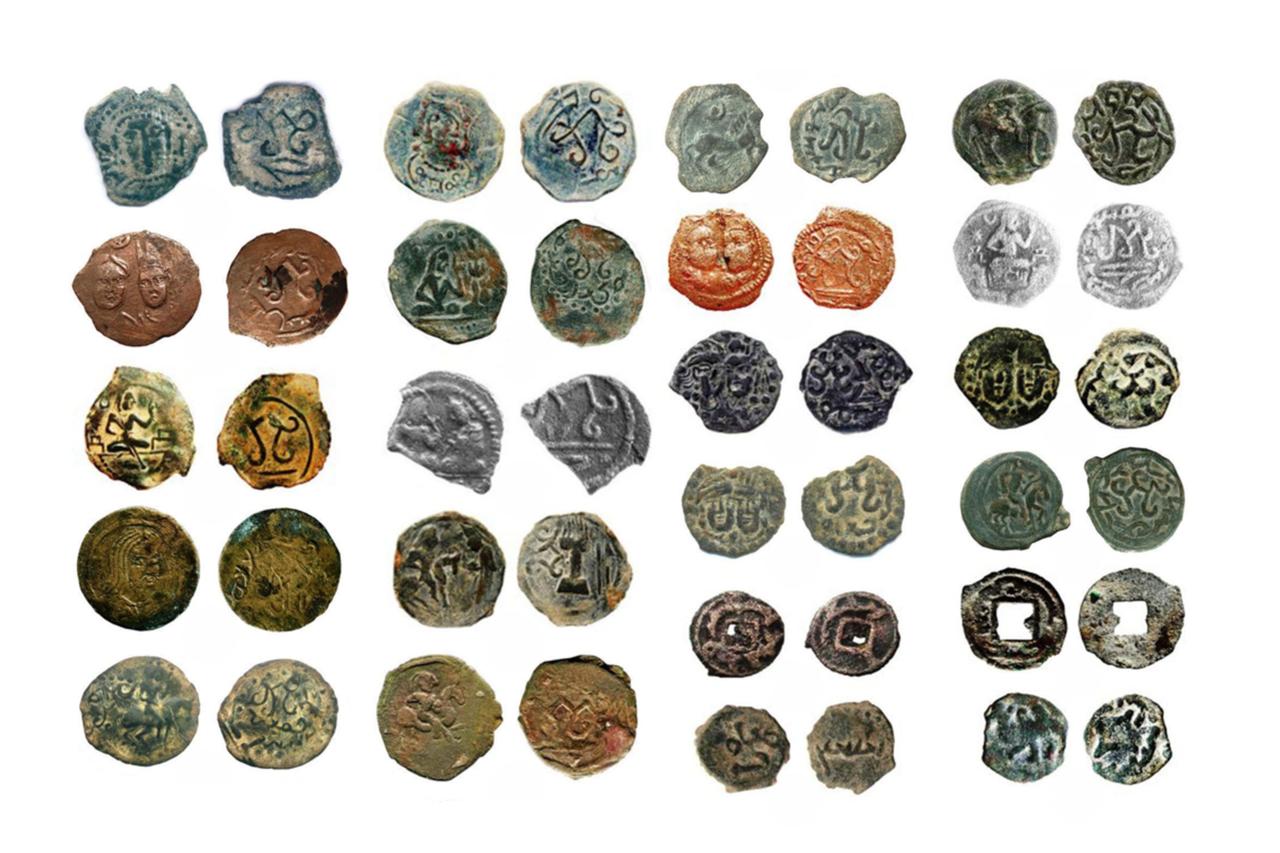
A rare archaeological find near Tashkent is prompting scholars to revisit long-held assumptions about the early history of the Turkic peoples. A bronze coin, believed to date back to the late sixth or early seventh century A.D., bears the inscription “Turk-Kagan”—a term previously unseen on coins from that era.
In an exclusive interview with Türkiye Today, Professor Gaybulla Boboyorov, a prominent historian and Turkologist at the Academy of Sciences of Uzbekistan, shared insights into the numismatic breakthrough and its implications for understanding the early Gokturk Khaganate.

Contrary to current headlines, this coin is not a new discovery. According to Professor Boboyorov, the coin was first introduced to academia nearly 20 years ago. “During numismatic studies in 2005–2006 with my colleague Andrey Kubatin, we identified the Sogdian inscription twrk x’γ’n, meaning ‘Turk-Kagan’, on a pre-Islamic coin from the Cach (Tashkent) region,” Boboyorov explains.
Made of bronze and measuring 4 centimeters in diameter, the coin features on its obverse a portrait of a man with slanted eyes, a thin mustache, and long hair. The reverse shows a tamga—an ancient Turkic clan symbol—surrounded by inscriptions.
This and similar coins were included in Boboyorov’s 2007 catalog, "Coins of the Gokturk Khaganate," published in Ankara with support from the Turkish Cooperation and Coordination Agency (TIKA). “Unfortunately, the reading didn’t attract significant attention at the time,” he notes.

Professor Boboyorov also highlighted that more than 20 coin types from the same region bear titles associated with early Turkic rulers, including “Cabgu” (Yabgu), “Cabgu-Kagan,” and “Kagan.” Portraits on these coins depict rulers seated on thrones or horseback, and often feature symbols such as crescent moons with eight-pointed stars—iconography predating Islam’s rise in Central Asia by 150–200 years.
A recent set of around 20 coins discovered in the Fergana region share stylistic traits with those from Tashkent, but their inscriptions go further. One variant bears the Sogdian phrase Cabgu Turk-Kagan, accompanied by Brahmi and Old Turkic-Runic inscriptions. These are now in the possession of Kazakh archaeologist Anton Shatokhin, who shared them directly with Professor Boboyorov.
“These coins refute the long-standing belief that the Gokturks were merely nomads who didn’t engage in minting or economic systems,” Boboyorov states.

Perhaps most significantly, the “Turk-Kagan” coins predate the famed Orkhon inscriptions—those of Tonyukuk, Kultegin, and Bilge Kagan—by more than 150 years. This pushes back the earliest known written usage of “Turk” and “Turk-Kagan” to the late sixth or early seventh century A.D.
This view aligns with research by scholars such as D. Maue, E. de la Vessiere, and M. Olmez, who identified similar phrases in Brahmi-script inscriptions at the Bugut and Khoshoo-Tsaidam sites in Mongolia.
The numismatic evidence also provides fresh perspectives on the political evolution of the Gokturks. Coins show a progression of titles—from “Yabgu” to “Yabgu-Kagan” and then “Kagan”—mirroring the historical shift following the fall of the Eastern Gokturks to China’s Tang dynasty.
Some coins even show rulers seated on thrones shaped like wolves—sacred animals in Turkic mythology—or inscriptions resembling Old Turkic-Runic script. The consistent use of royal titles suggests a deepening political structure and a desire to project sovereignty.
Boboyorov pointed out that the bifurcation of the Gokturk Khaganate into Eastern and Western branches is supported by coin evidence, which reflects the legitimacy and institutional traditions of early Turkic statehood.

Despite the growing body of numismatic data, Professor Boboyorov laments the lack of archaeological follow-up. “I am a historian, not an archaeologist, but sadly, our archaeologists have not shown enough interest,” he says. “Dozens of early urban sites from the Gokturk era remain unexplored in Uzbekistan.”
He hopes his work will inspire further investigations to deepen understanding of this pivotal era in Turkic history.
These discoveries also challenge theories that question the Turkic identity of the Gokturk elite. Some historians have argued that the Ashina ruling clan bore non-Turkic names and became Turkicized later. Boboyorov contends such views are one-sided and must be revisited in light of numismatic and epigraphic evidence.
The rediscovery and scholarly reassessment of the “Turk-Kagan” coin near Tashkent mark a significant milestone in the study of early Turkic civilization. Far from being a marginal detail, this numismatic evidence challenges entrenched narratives about the political, economic, and cultural sophistication of the Gokturk Khaganate.
The coin’s inscription not only predates the renowned Orkhon inscriptions by over a century but also highlights the existence of a complex, literate, and symbolically rich society. Professor Gaybulla Boboyorov’s findings provide compelling reasons to revisit debates on Turkic identity, the legitimacy of early khagans, and the sophistication of pre-Islamic Central Asian polities.